What is the difference between Apple and Meta's design philosophy when comparing Apple Vision Pro, Meta Quest 3, and Quest Pro with CT scans?

Lumafield, a manufacturer of industrial CT scanners used for non-destructive testing, has compared the differences between Apple's first AR headset,
Apple Vision Pro and Meta Quest Non-Destructive Teardown
https://www.lumafield.com/article/apple-vision-pro-meta-quest-pro-3-non-destructive-teardown
Apple Vision Pro and Meta Quest Non-Destructive Teardown - YouTube
1: Design
The Apple Vision Pro is characterized by a three-dimensional arrangement of the circuit boards and components along a curved aluminum alloy frame to maximize the internal space.

On the other hand, although the Meta Quest Pro and Meta Quest 3 have curved exteriors, the components and circuit boards are arranged flatly.

Lumafield points out that this difference shows the difference in design philosophy between Apple and Meta, where Apple's designers define the requirements and then engineers design, while Meta is more cost-effective by using a simple mainboard design as its base.
2. Display
Apple Vision Pro uses two Sony Micro OLED displays with a single-eye resolution of 3680 x 3140 pixels. Micro OLED is a cutting-edge display technology that enables high-density pixel arrays, high contrast, fast response speeds, and wide viewing angles.

Meanwhile, Meta Quest Pro uses an LCD panel with a per-eye resolution of 1800 x 1920 pixels. LCD is not as high performance as OLED, but it is less expensive and more practical. Meta Quest 3 increases the per-eye resolution to 2064 x 2208 pixels, providing a more realistic visual experience.
In addition, Apple Vision Pro has a built-in motor that can automatically adjust the interpupillary distance (PD). In contrast, Meta Quest 3 and Meta Quest Pro have a mechanism for manual adjustment. Lumafield believes that while Apple Vision Pro is a device specialized for individuals, Meta Quest 3 and Meta Quest Pro are intended for use by people other than the owner.

3. Processor
The Apple Vision Pro has an M2 chip and an R1 chip inside. The M2 is the same chip used in MacBooks and other devices, and is installed to handle the high computational load of visionOS and display rendering. The R1 chip manages the sensor array to enable spatial computing.

The Meta Quest Pro is equipped with the Qualcomm Snapdragon XR2+ Gen1, while the Meta Quest 3 is equipped with the Qualcomm Snapdragon XR2 Gen 2. Both are processors designed for VR devices.

4. Sensors
Apple Vision Pro includes an infrared camera for eye tracking, a LiDAR scanner for depth sensing, a TrueDepth camera for FaceID, and a downward-facing camera for hand tracking.

It also has a MEMS microphone for voice commands, and Apple Vision Pro accurately recognises the user's eye movements, facial expressions, hand movements and voice commands, enabling natural and intuitive interaction.
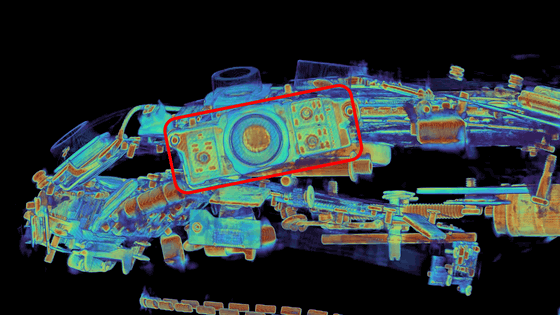
While Apple Vision Pro is basically operated by hand tracking and eye tracking, the Meta Quest series is basically operated using the Touch controller. The Touch controller has a built-in 3D thumb stick sensor and action trigger pressure sensor, which accurately captures the user's hand movements and provides tactile feedback.

The inside-out camera on the Quest series enables touch controller operation and hand tracking, and the pass-through image shows the surroundings on the display, creating a mixed reality (MR) experience.

In addition, the Meta Quest 3 does not have a LiDAR scanner, but it does have an infrared
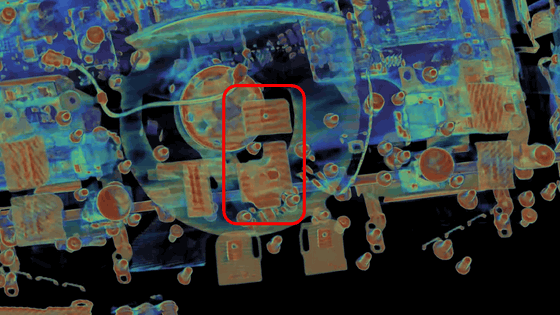
There is a small amount of space left in the center of the Apple Vision Pro. According to Lumafield, the development version of the Apple Vision Pro had a built-in TOF sensor, but it seems that it was omitted from the commercial version.
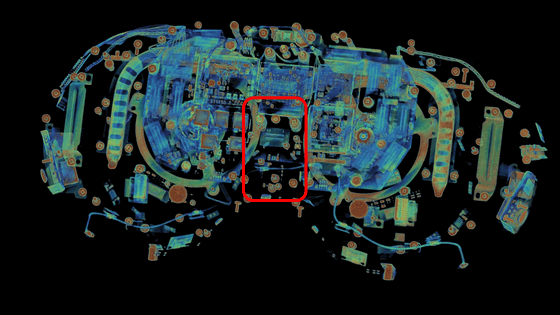
5: Audio
The Apple Vision Pro uses a speaker unit called an 'audio pod' built into the side of the headset. The audio pod uses a dual driver design to provide Apple's unique surround sound experience called 'spatial audio.'
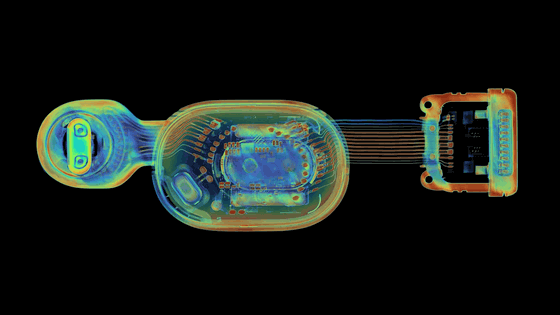
The Quest series also has an audio unit built into the side of the headset, which, while not as complex as the Apple Vision Pro's audio pod, is still designed to provide a high-quality audio experience.
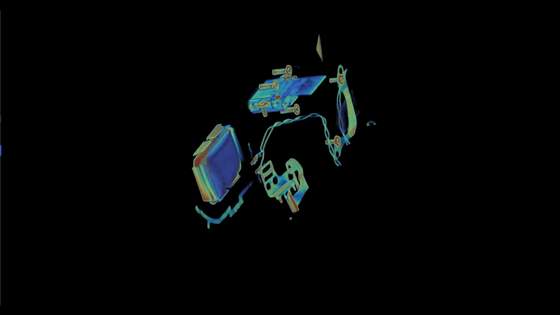
6. Heat dissipation
VR headsets are equipped with high-performance chips that generate a lot of heat during operation. Effective heat dissipation is essential to maintain headset performance and ensure user comfort.
Meta Quest Pro uses a heat dissipation system that combines active and passive cooling, using copper heat pipes and two cooling fans to dissipate heat effectively.
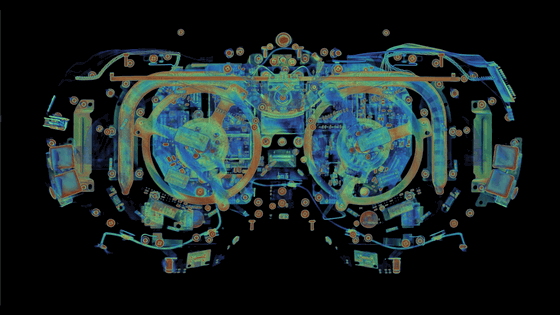
The Meta Quest 3, on the other hand, only has a single fan and omits the heatsink in order to simplify the design.
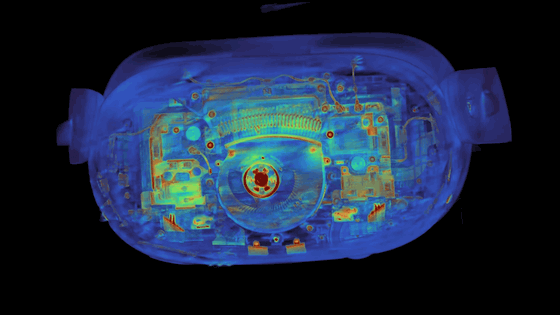
The Apple Vision Pro uses a micro-blower as a compact active cooling solution.
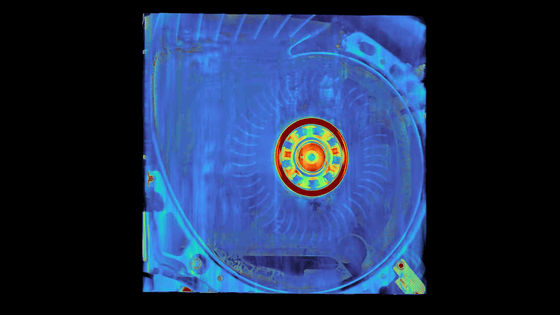
To cool both the chip and the display substrate, the microblower is attached with thermally conductive adhesive to a metal chassis that likely also acts as a passive cooling element.
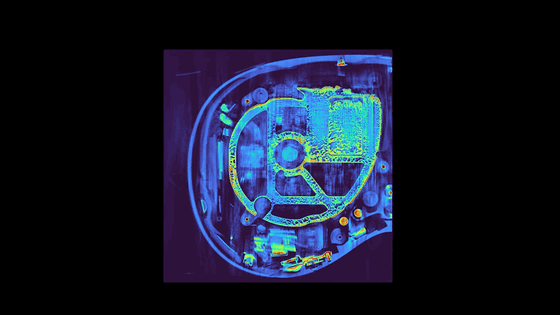
A CT scan also revealed that the microblower's rotating shaft is fitted with ball bearings, and the Vision Pro's cooling system is designed to move heat away from the headset while maintaining a quiet operation, improving comfort without sacrificing performance.

7. Battery
The Apple Vision Pro uses an external battery pack. This allows the headset to be lighter. The use of an external battery also allows the Vision Pro to maximize the space inside the headset and to accommodate high-performance components. However, the use of an external battery may reduce the convenience for users.
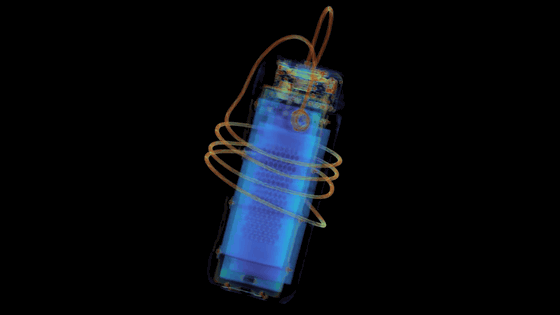
Meta Quest Pro features a contoured battery integrated into the back of the headset band. This design improves headset ergonomics while maintaining user convenience. Compared to external batteries, the integrated battery reduces cable management issues and provides a seamless experience.
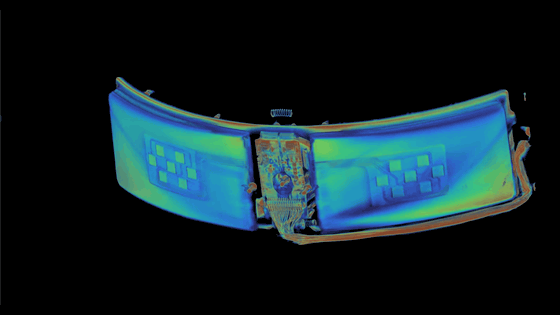
The Meta Quest 3 takes a simpler approach, placing the battery centrally at the front of the headset, a placement that is said to optimize weight balance and improve user comfort.
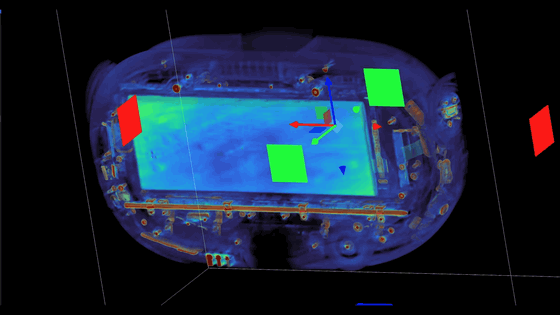
8: Summary
Apple Vision Pro, Meta Quest 3, and Meta Quest Pro are headsets that reflect different design philosophies and market strategies. Looking at the CT scan results, we can see that Apple Vision Pro is the crystallization of cutting-edge technology and is a high-end model that pursues immersion and performance. On the other hand, the Quest series is a model that aims to popularize VR with a simple design and affordable price. Lumafield summarizes, 'Which path will win the future VR market will depend on user choice and each company's technological innovation and marketing strategy.'
Related Posts:







